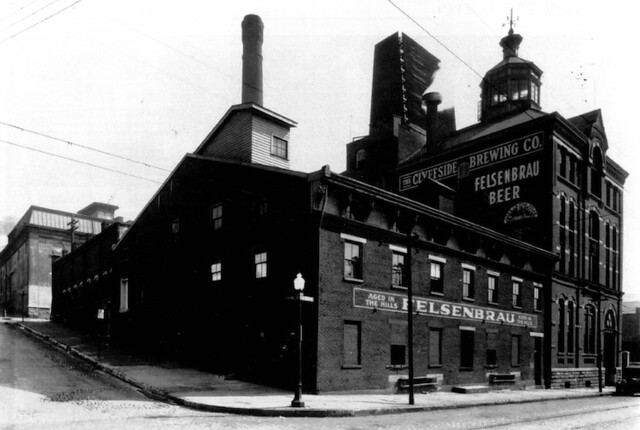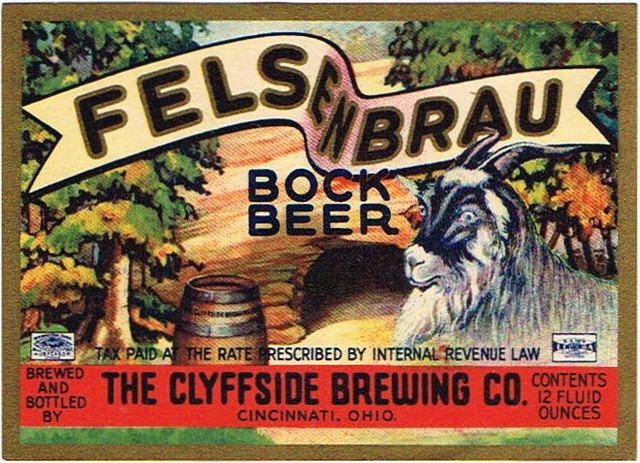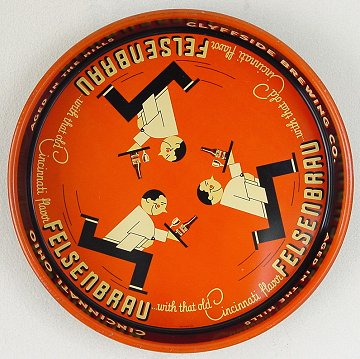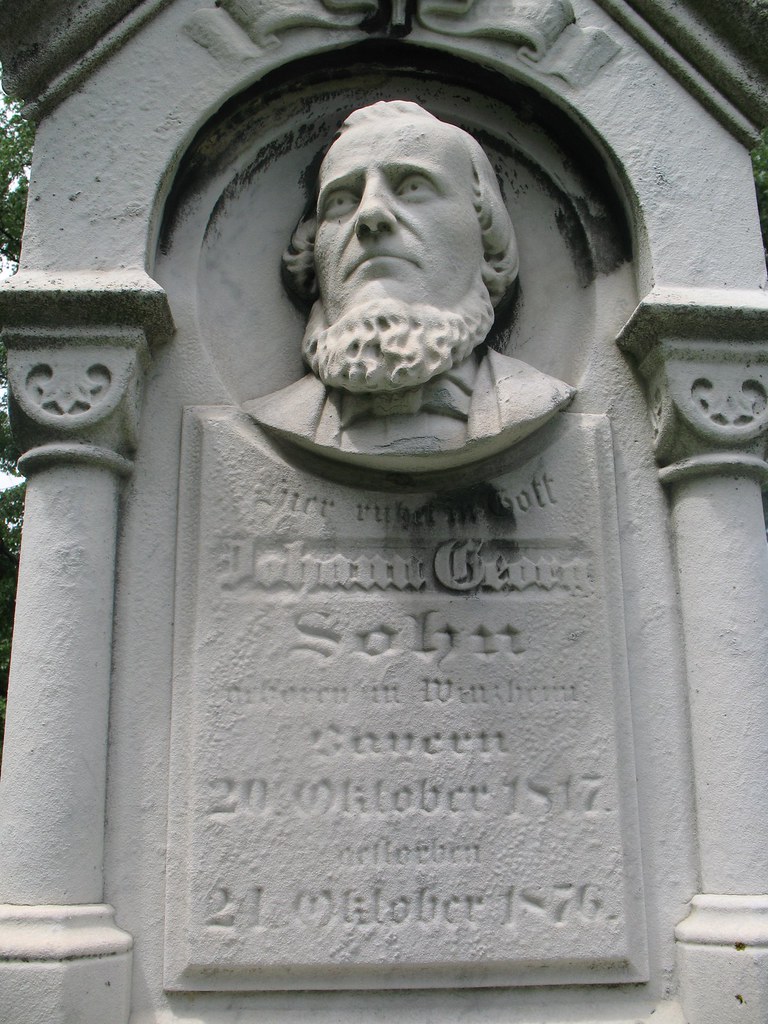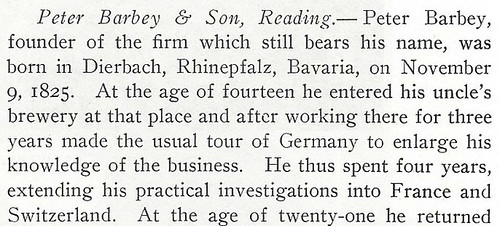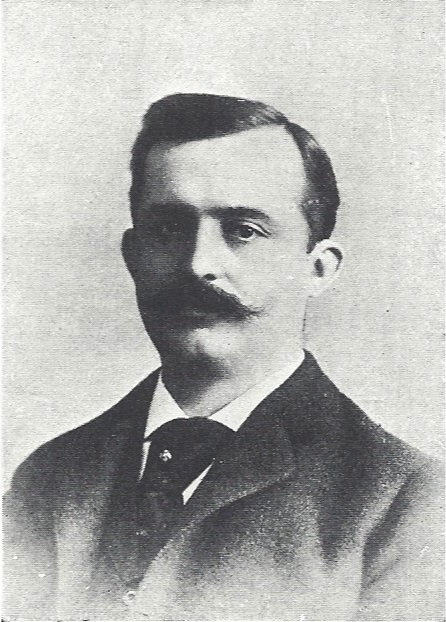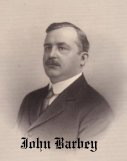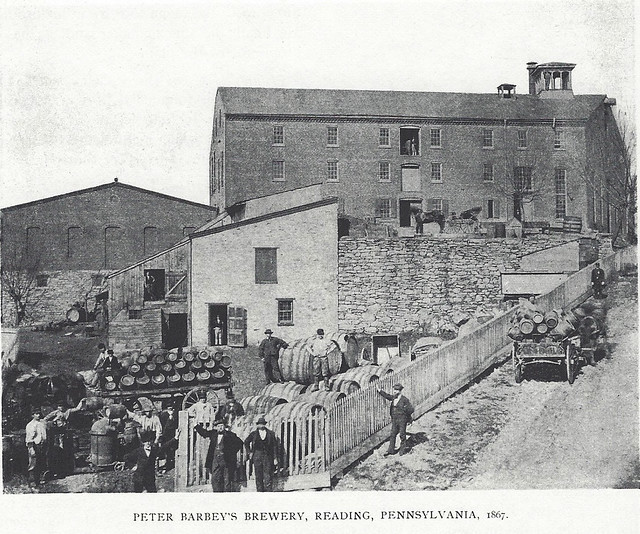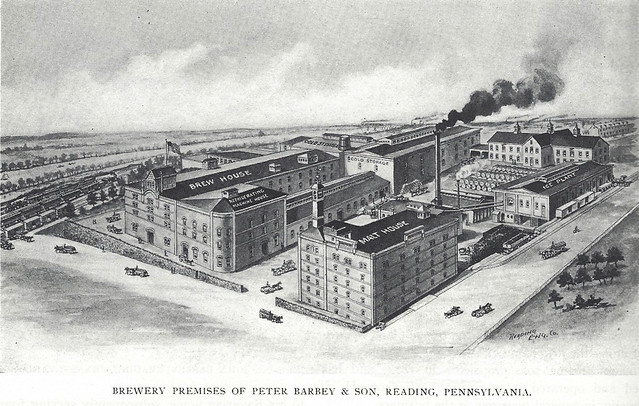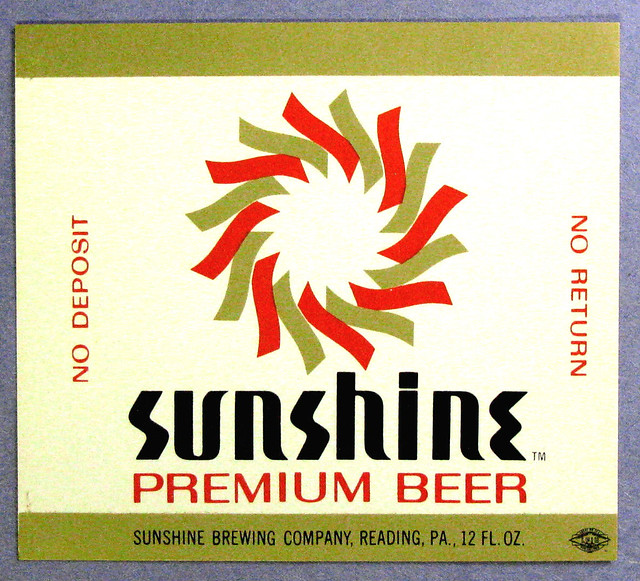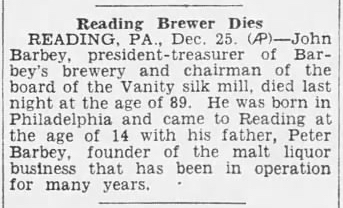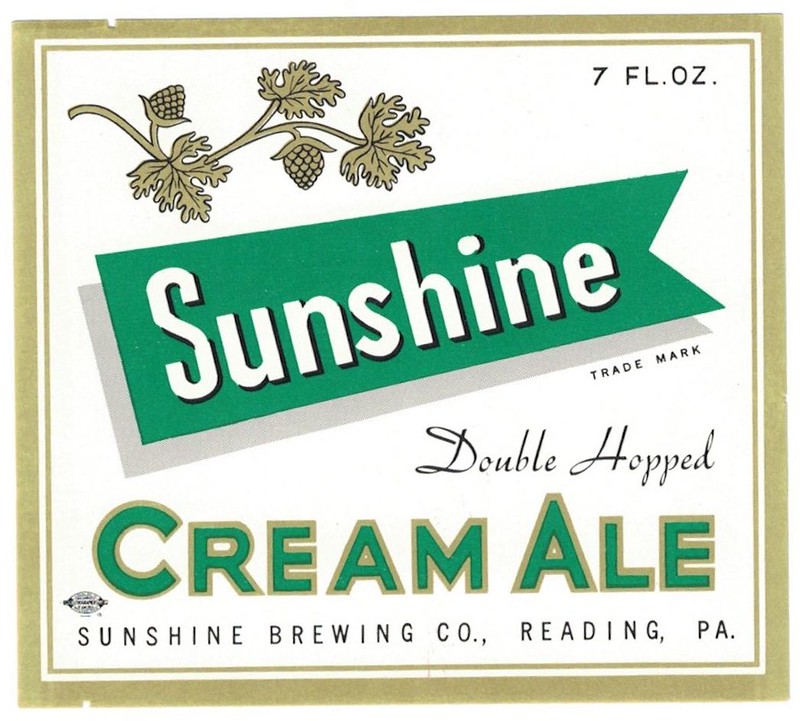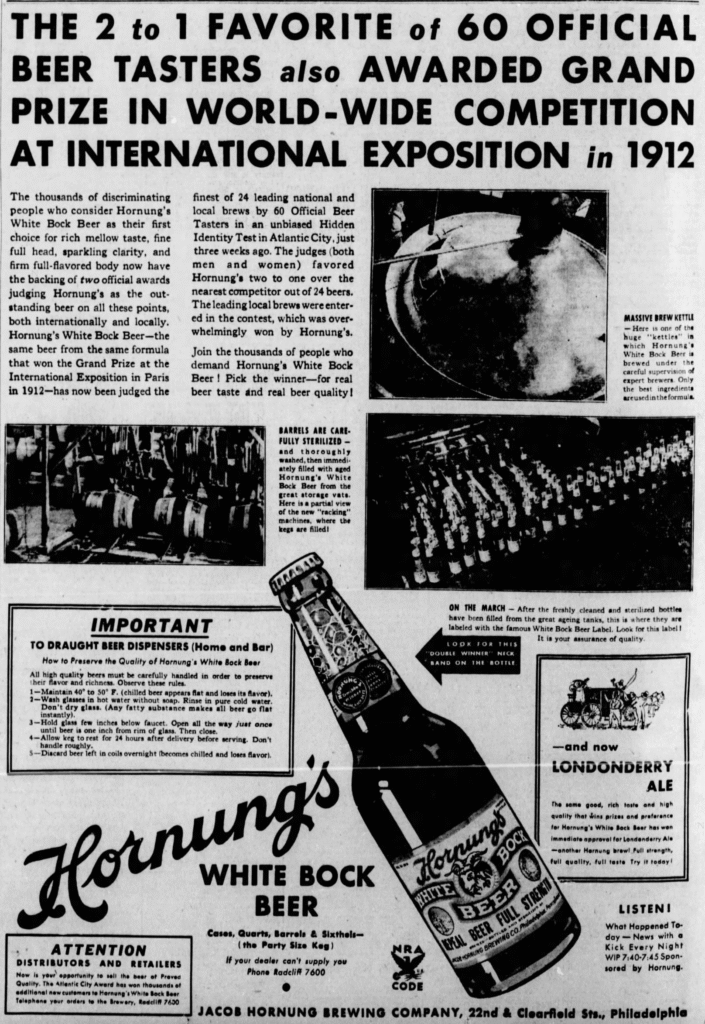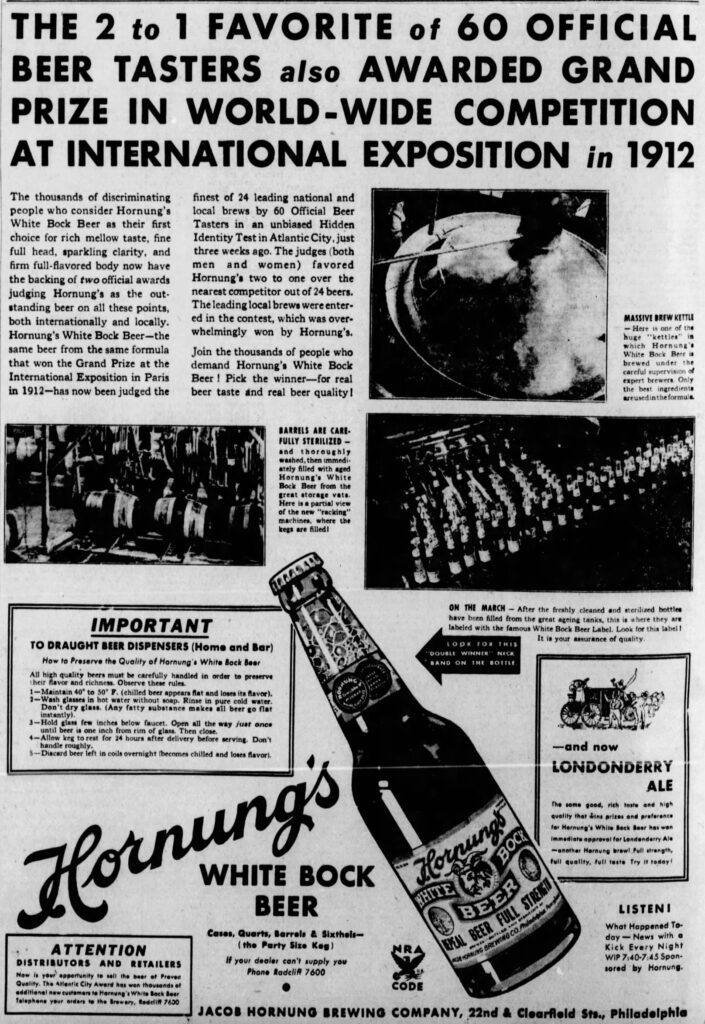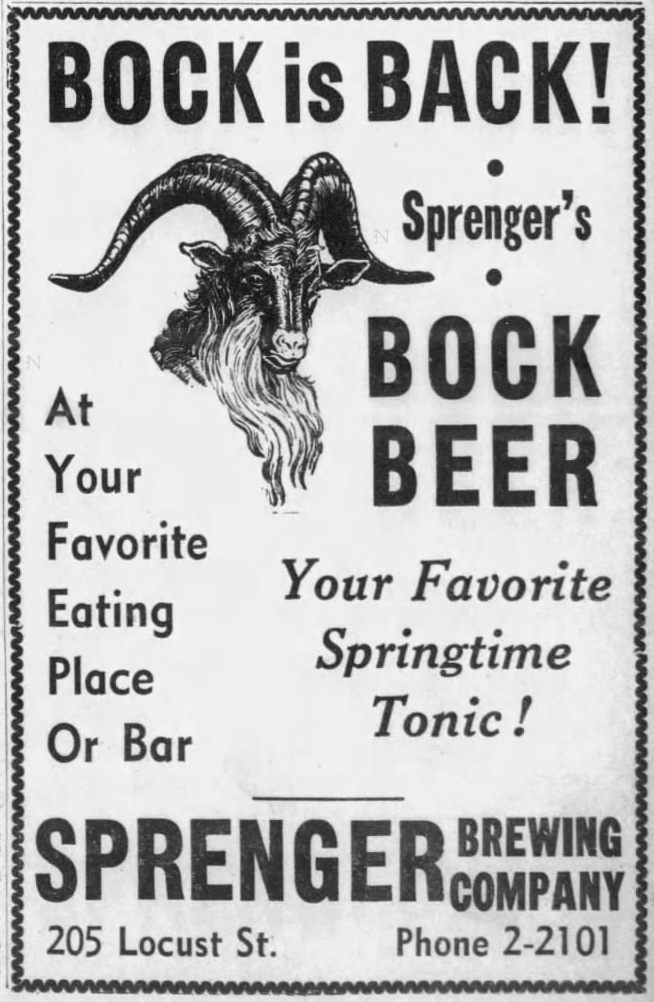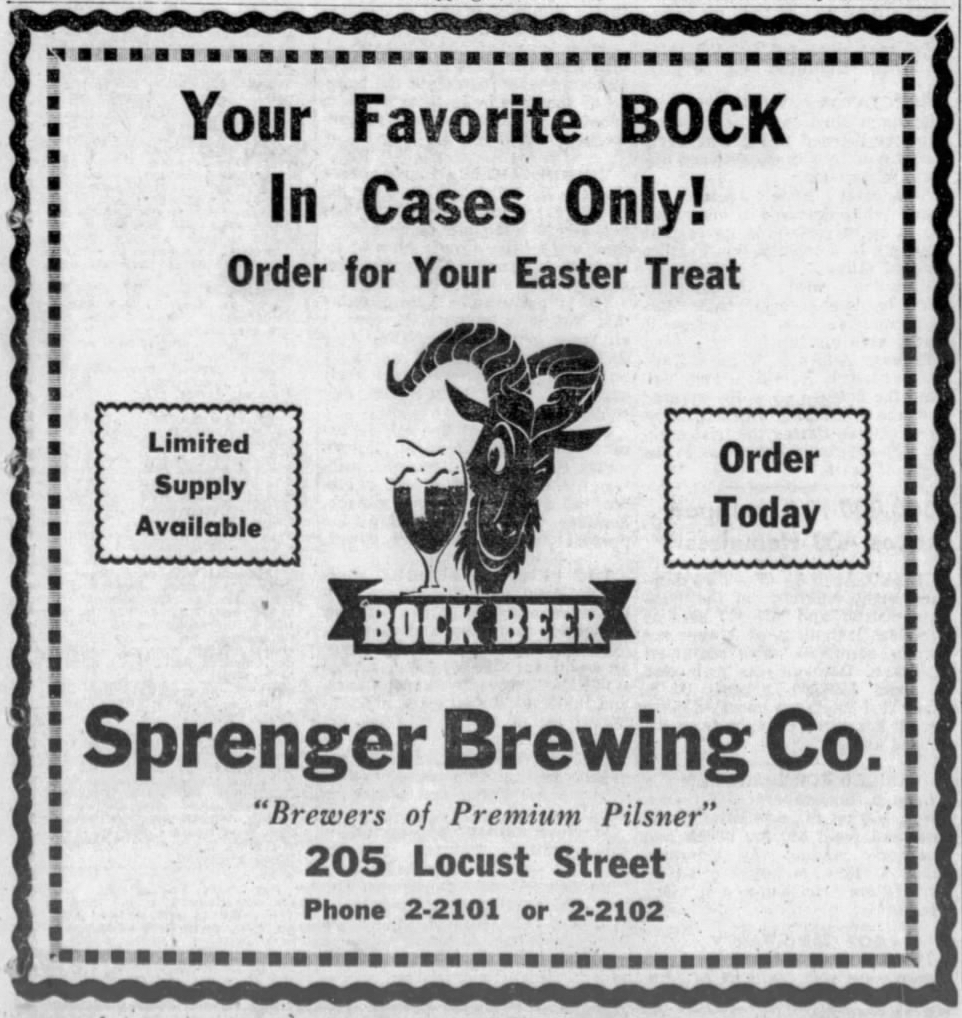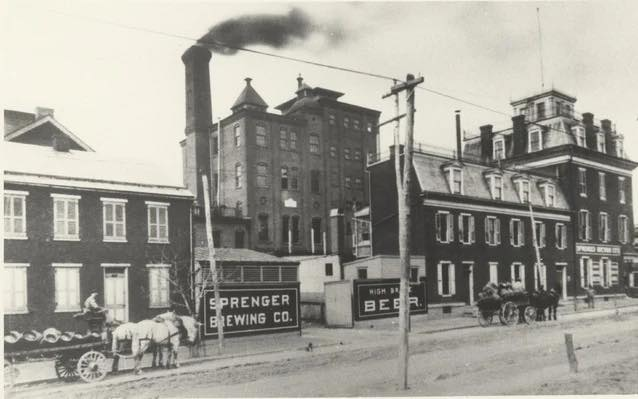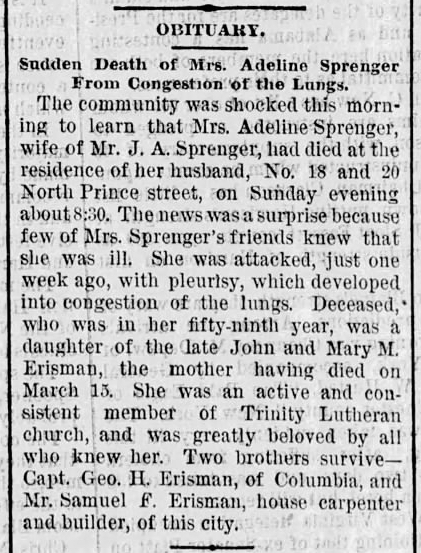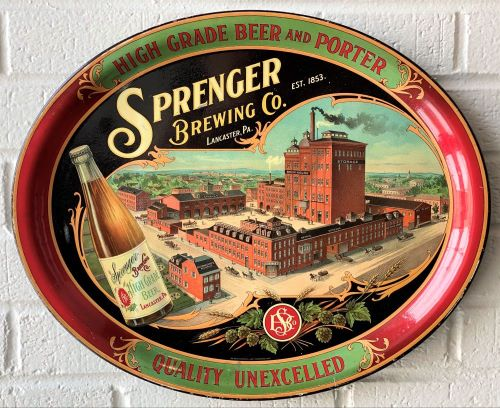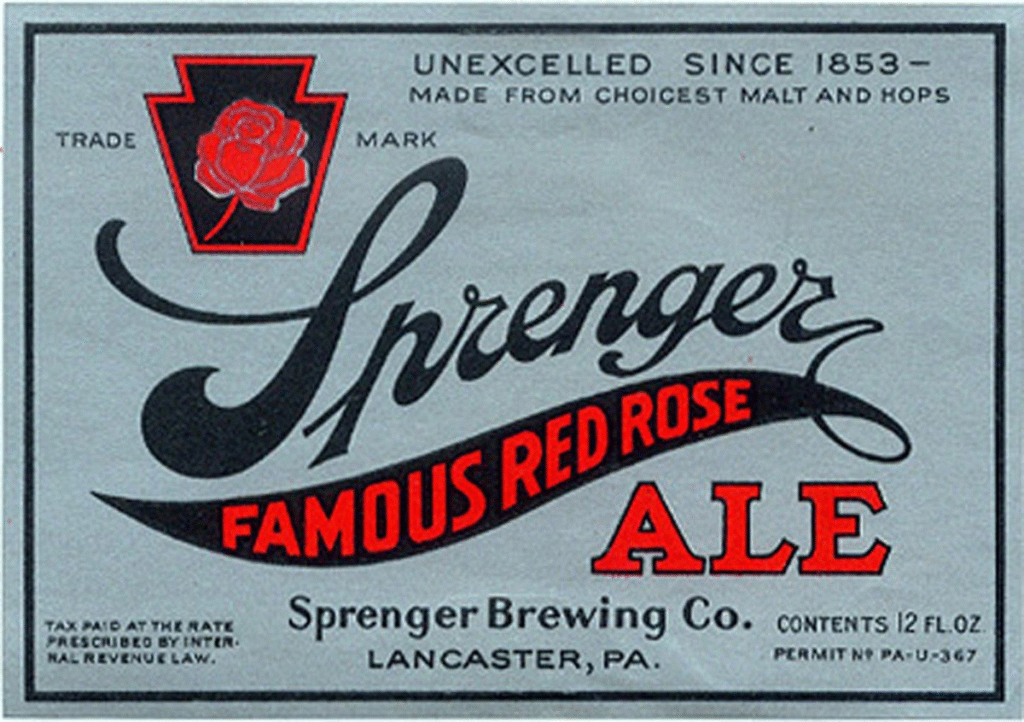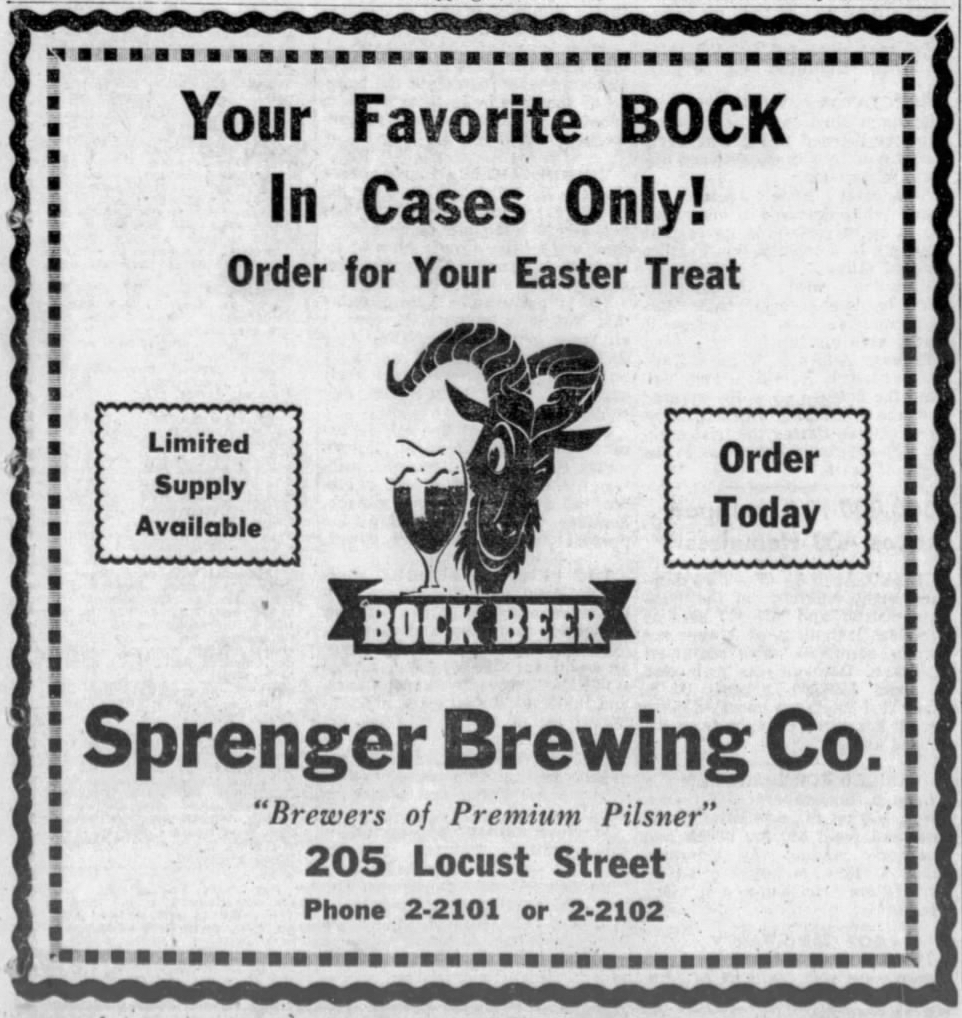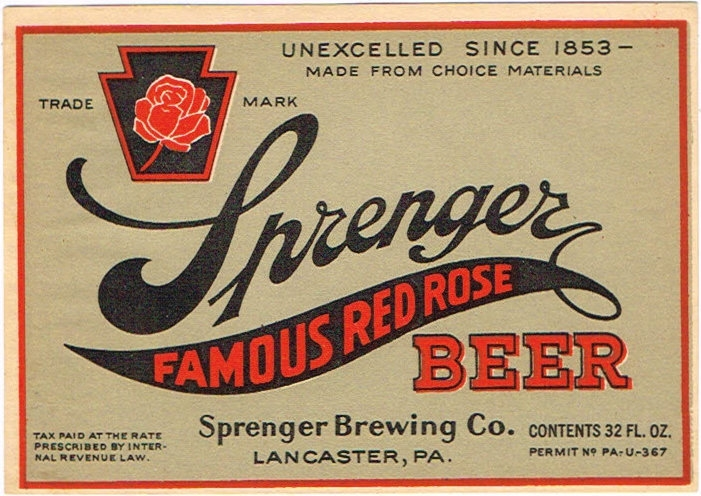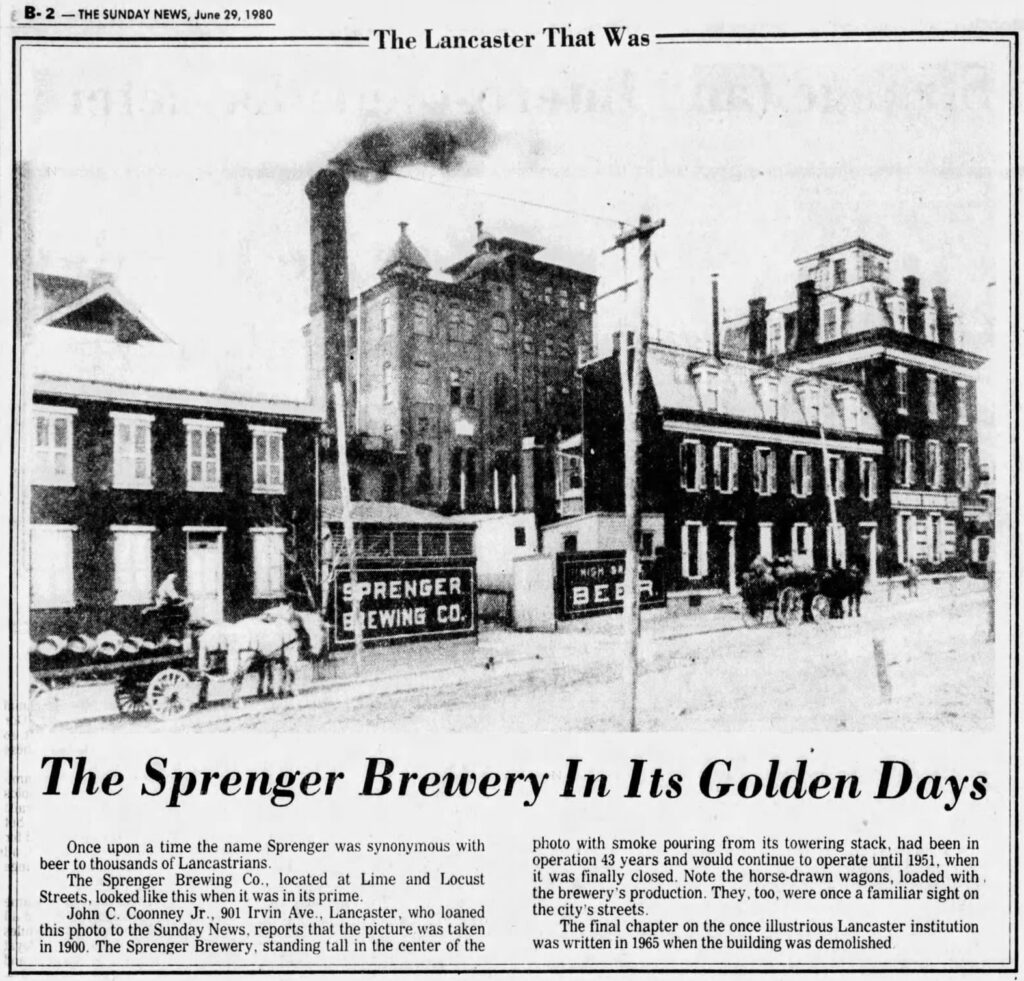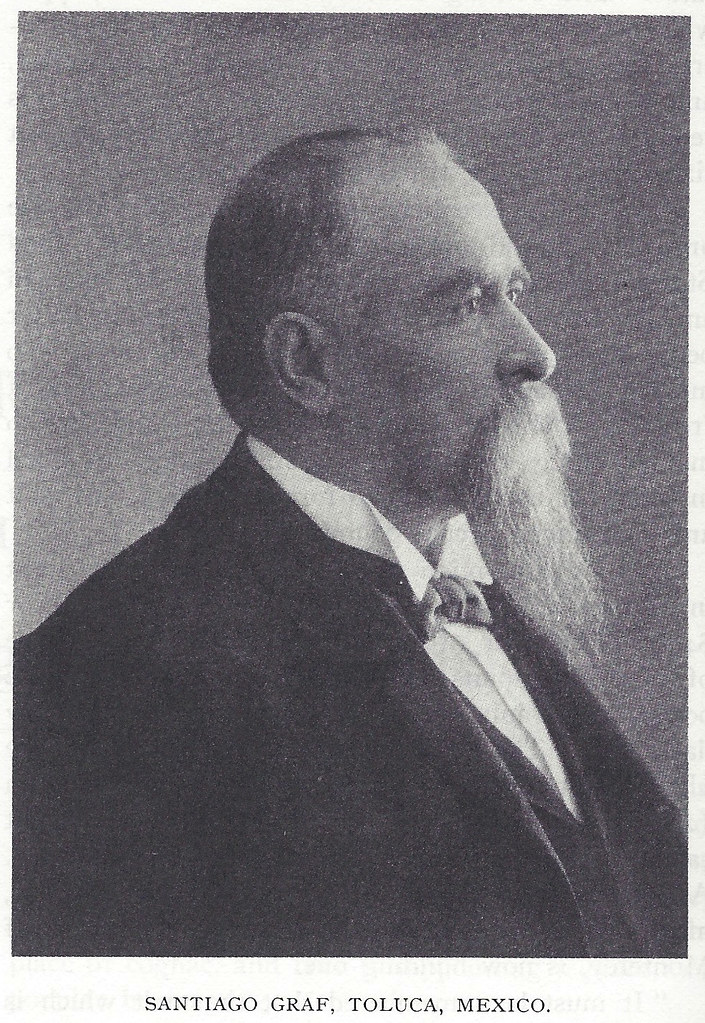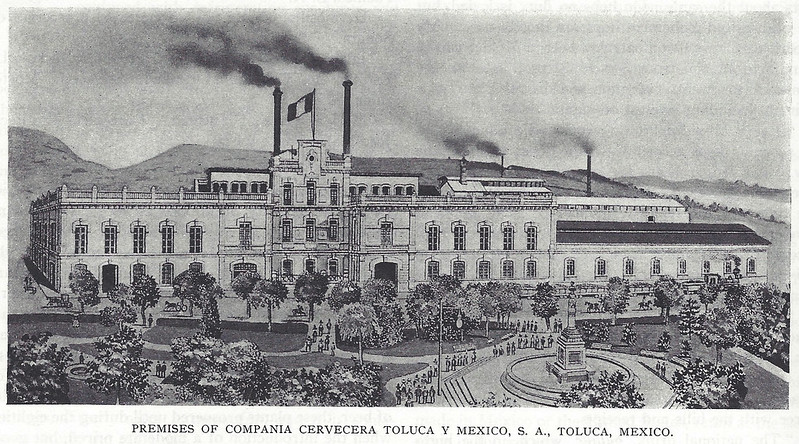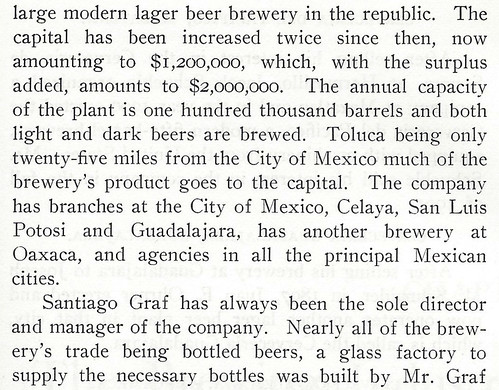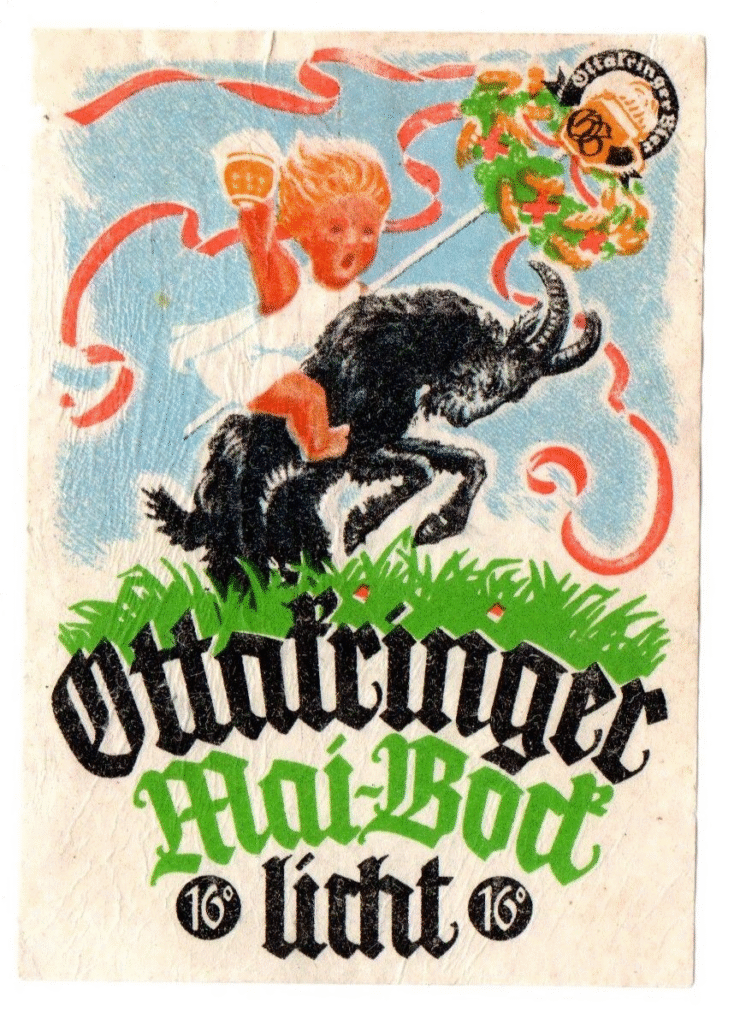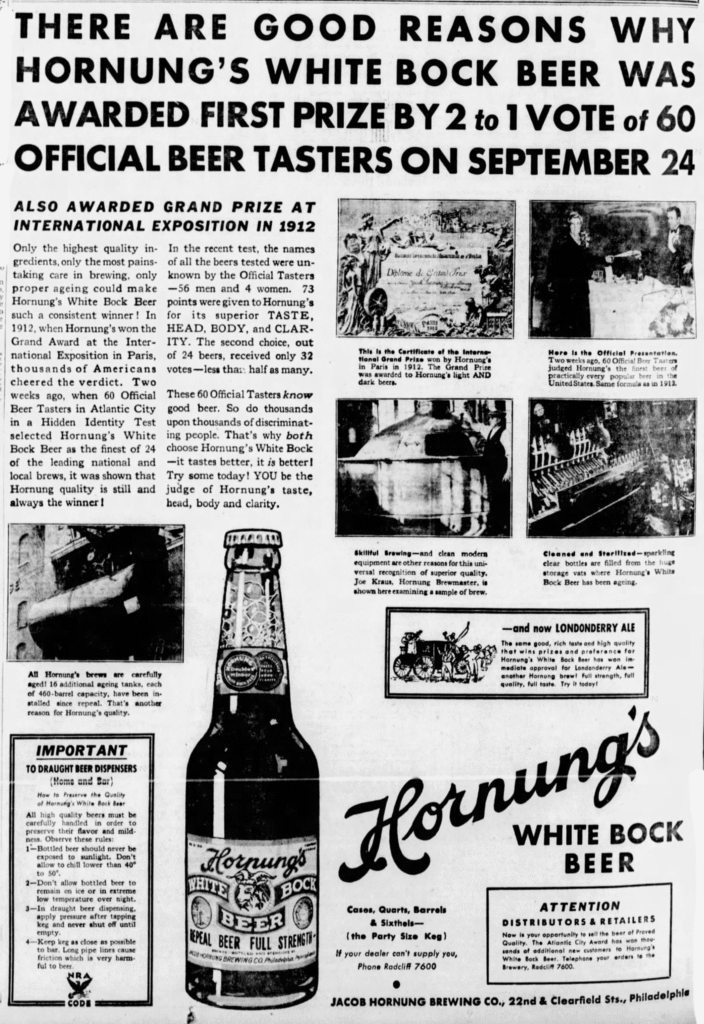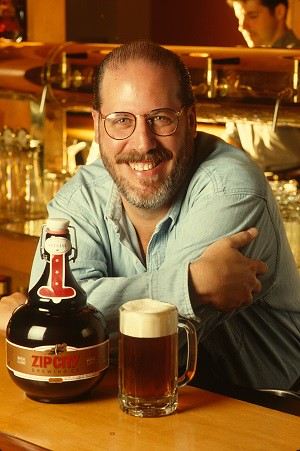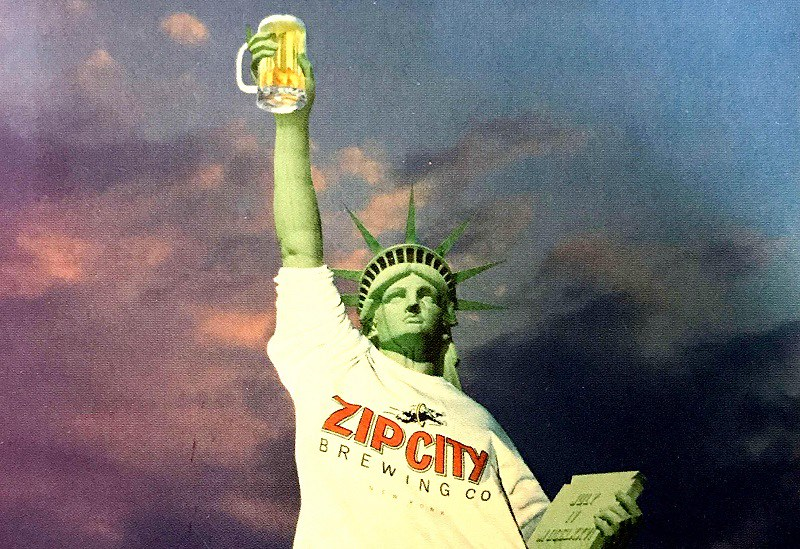
Today is the birthday of Johann Georg Sohn (October 20, 1817-October 24, 1876). He was born in Bavaria, but settled in Cincinnati, Ohio. In 1845, he co-founded the Hamilton Brewery, which was later known as the J.G. Sohn & Company Brewery. It was also known as the Clyffside Brewing Co., and used the trade name Feldsbrau. Johann’s sons took over after his death, and it was sold in 1907 and became known as the William G. Sohn Brewing Co. and later the Mohawk Brewing Co. After prohibition, it reopened as the Clyffside Brewing. After World War 2, it was renamed the Red Top Brewing before closing for good in 1958. Unfortunately, I couldn’t find very much biographical information about Sohn, and only a little about his brewery.
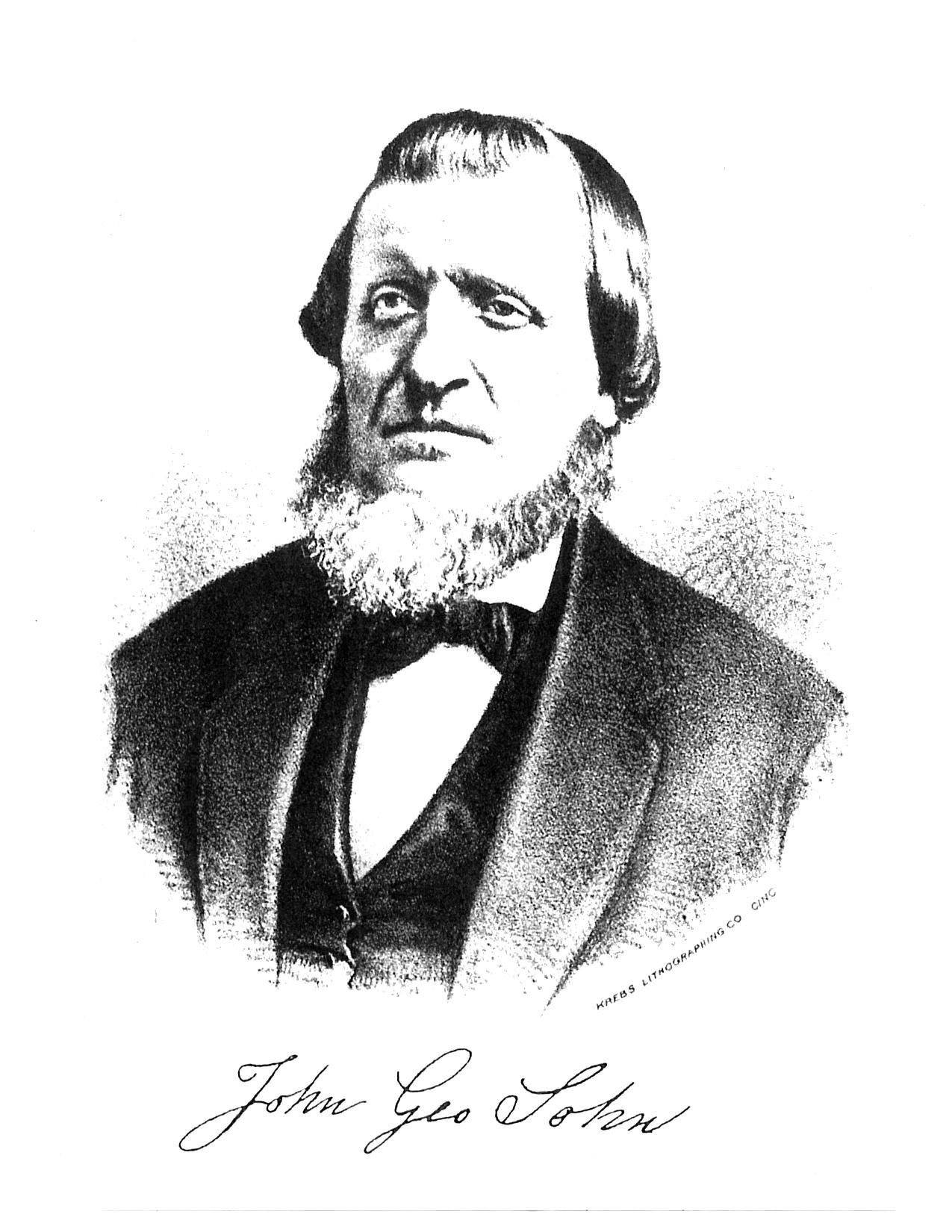
Here’s a short biography from Find-a-Grave:
Clyffside Brewing Company is a defunct brewery in Cincinnati, located on the site of Hamilton Brewery, founded in 1845 by Johann Sohn and George Klotter as the Hamilton Brewery. By 1853, the company becane known as the Klotter, Sohn and Company. In 1866, Sohn bought out Klotter, and Klotter went on to establish his own brewery on Klotter Street. Sohn renamed the brewery the J.G. Sohn & Company Brewery, and it became the tenth largest of its type in Cincinnati. In November 1900, the company was reorganized as the William S. Sohn Brewing Company when Sohn sold out his interest. In 1907, Sohn was purchased by Mohawk Brewery, and was known for its Zinzinnati Beer.
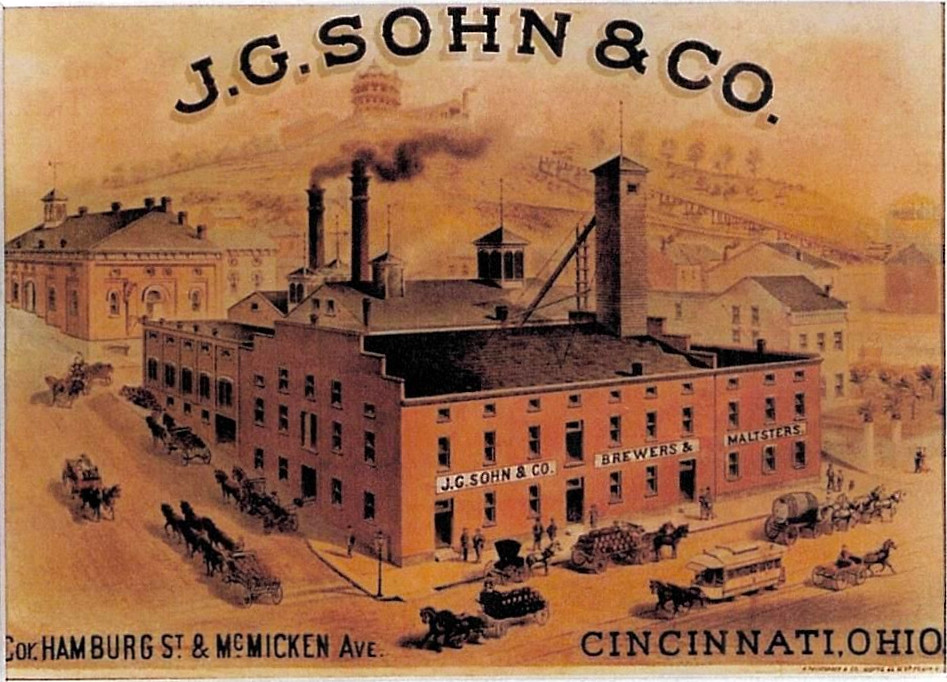

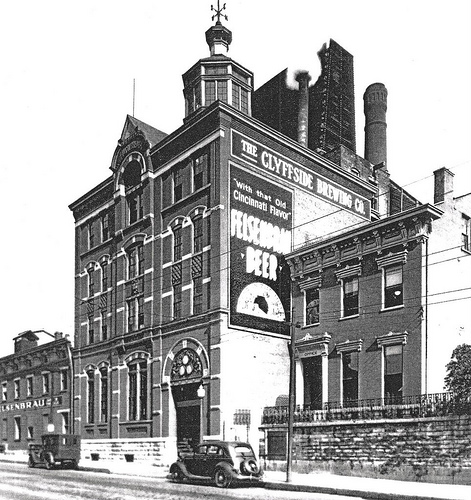
Cincinnati Brewing History has the following to say about the brewery:
George Klotter left the Klotter, Sohn, & Co. Brewery partnership to pursue his own proprietorship, at which point Johann George Sohn brought in Louis Sohngen and Heinrich Schlosser as partners. The new partnership would operate under the name of J.G. Sohn & Co. Brewery. Sohn ran the business until his death in 1876.
After Sohn’s death, leadership of the company was assumed by his sons, J.G. Sohn Jr., William, and J. Edward. J.G. Sohn Jr. died in 1880 and the other two brothers continued to operate the brewery together until 1900, at which time J. Edward left to join the Schaller Brothers Brewery. Shortly thereafter William would rename the brewery as the William S. Sohn Brewery, however he died in 1902. After William’s death his wife, Lena Jung Sohn ran the brewery until 1907, as she was intimately familiar with the industry by way of her father, another Cincinnati brewer.
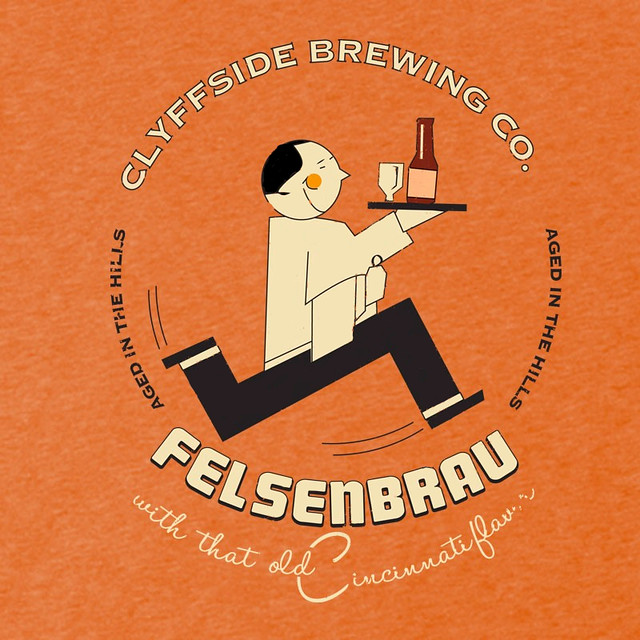
Abandoned, the story of a forgotten America, also has a page about the Clyffside Brewing Company
